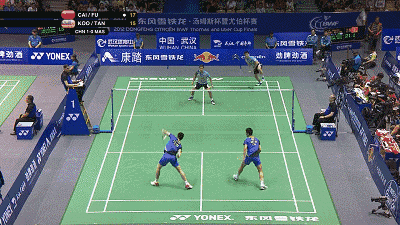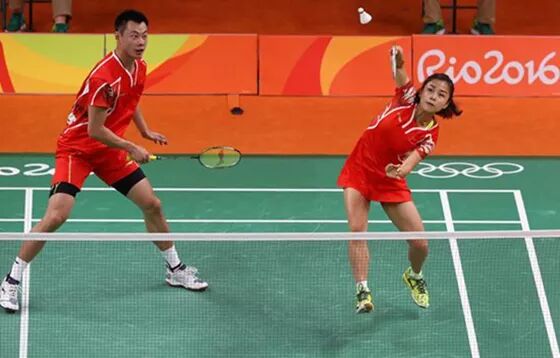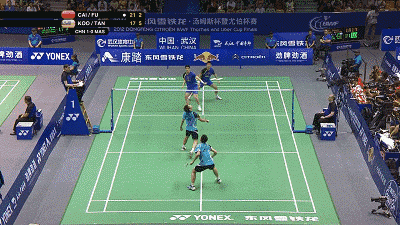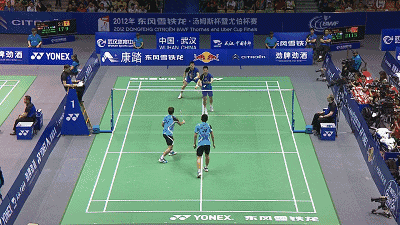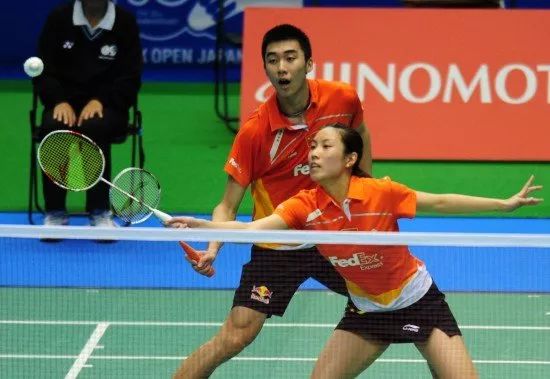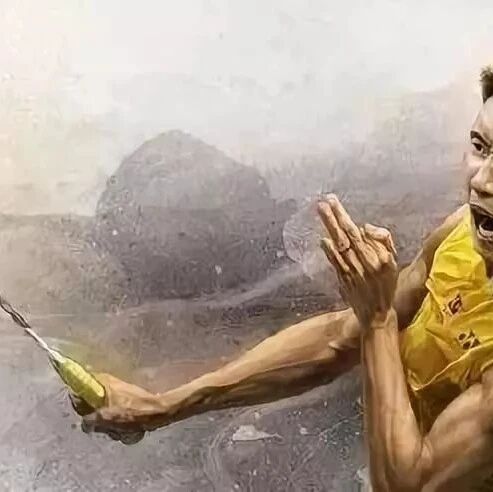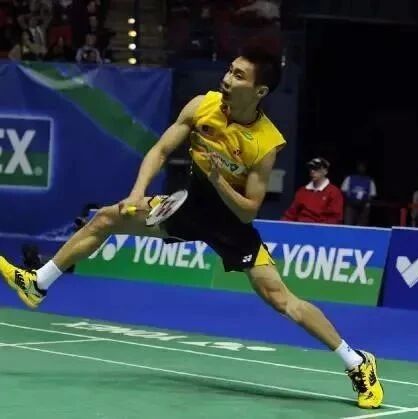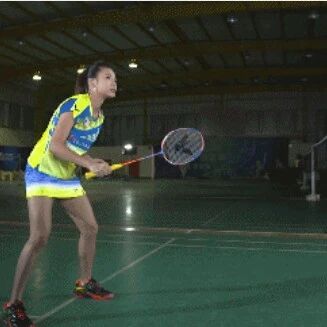You're out of touch—when it comes to handling high-quality badminton drop shots or flicks, all you can do is lob the shuttlecock?
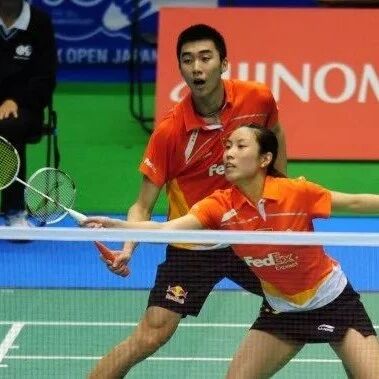

When facing an opponent’s drop shot or chop coming close to the net in doubles, common strategies include lifting the ball and returning it short at the net. However, if you encounter a powerful backcourt player on the opposing side, continuously lifting the ball could actually put your team in a tough spot. Besides these two tactics, there’s also the endlessly versatile approach of mastering precise waist-controlled shots!
Fu Haifeng shifts his defense and smashes with a waist-level shot.
To improve tactical awareness and enhance waist control, focus on developing the technical foundation of wrist and finger agility, strength, and stability. During regular offensive-defensive drills and rally practice, it’s recommended to incorporate more cross-court shots—first practicing precision (setting up properly and executing cross-court shots with minimal error), then refining speed (minimizing unnecessary movements beyond the wrist and fingers—consider forcing yourself to perform a second, controlled shot—starting with a lighter, less committed motion before committing fully). Finally, challenge yourself by experimenting with creative, unconventional techniques for cross-court play.
Anyway, just force yourself not to lob the ball. In defensive positions, always maintain a mindset geared toward counterattack, aiming to turn every defensive play into the launching pad for your team’s next offensive move. Keep the awareness of pressing the net at all times—don’t retreat too far—and when you spot a good opportunity, make a swift dash to the net.
Two conditions to keep in mind for waist control
1. Unless positioned behind the net, players generally aim to step up immediately, striving for a high contact point—because the higher the hitting spot, the more tactical options become available.
2. If the ball has already dropped below the net's top, as long as it’s not too low, try hitting a waist-level controlled shot to disrupt the opponent’s attacking rhythm.
Cai Yun attempted a waist-high pass over Goh Jian Jie's head, but the ball was blocked.
A simple technique is this: Once you’re in position, pretend to lift the ball with your forearm, swinging your arm slightly faster—but keep your wrist and fingers relaxed (note: don’t let them go limp!). At the moment of impact, slow down just enough to gently guide the ball past your opponent’s net-closing player in the forecourt. Typically, when an opponent in the backcourt drops a lob, players in the frontcourt will rush forward to close the net. Alternatively, if the frontcourt player plays a soft, drop shot, they’ll also move aggressively toward the net to seal it off.
Koo Kien Keat delivers a waist-level push return.
This creates a brief gap at the point where their forehand and backhand meet—on both the left and right sides. Typically, players will gently guide the ball into the opponent’s open space on either the left or right side, using a technique similar to a cross-court drop shot. This deceives the opponent’s net player into thinking they’ll be pushed back, lulling them into a false sense of security. Then, just as the ball makes contact, the player sharply slices it—a motion reminiscent of an overhead smash, executed with rapid racket speed yet resulting in a relatively slower ball trajectory.
Handling this shot doesn’t require netting—it’s all about tricking your opponent into a mental misstep. A single, well-timed hesitation from them is enough to disrupt their attacking rhythm. Sometimes, you don’t even need to lob diagonally; if their awareness of the net position is slightly off or their execution is just a tad slow, you can simply flick the ball right over their head, landing it safely behind them. Now they’re stuck: reaching for the shot would leave them exposed, but retreating feels risky since the backcourt players might assume they’ll still manage to hit it. And just like that, the momentum shifts—turning defense into offense in an instant!
More article recommendations:
Cleverly read your opponent's positioning—and respond with effortless grace!
What’s better to watch when receiving a badminton serve—people or the shuttlecock?
